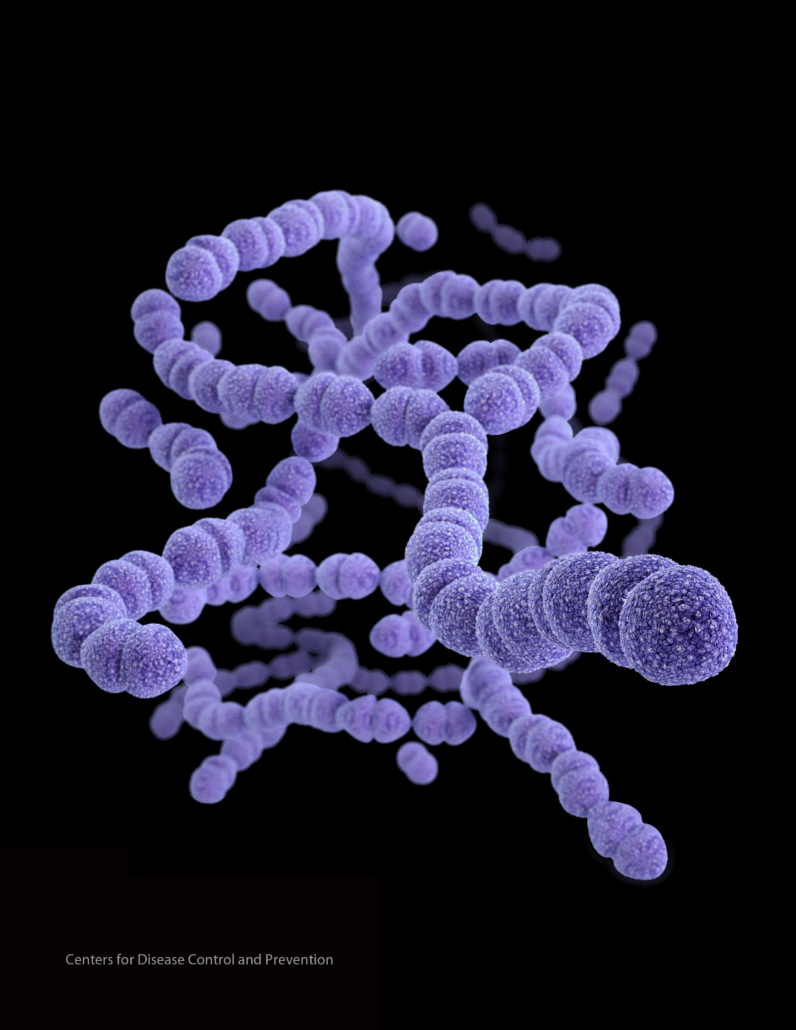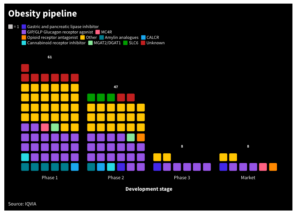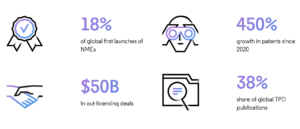
Antibiotic resistance spreading across Europe
Antimicrobial resistance (AMR) has increased by 32% since 2007 in Europe, according to a brand new report.
A new Lancet report based on data the EARS-Net provided in 2015 counts 33,000 deaths due to AMR, 39% thereof caused by infections with bacteria resistant to last-line antibiotics such as carbapenems and colistin. According to estimates of the European Centers for Disease Control and Prevention (ECDC) there were just 25,100 AMR-related deaths in 2007.
The study authors say that the burden of these infections is comparable to that of influenza, tuberculosis and HIV/AIDS combined but that the contribution of various antibiotic-resistant bacteria to the overall burden varies greatly between countries. According to the study, 75% of the burden of disease is due to healthcare-associated infections (HAIs).
However, the problem doesn’t seem to be limited to hospital-acquired infections. Researchers at the Julius Kühn Institute, Germany, reported in mBIO that fruit and vegetable is a reservoir for transferable antibiotic resistance genes that often escape traditional molecular detection methods. These antibiotic resistance genes might escape cultivation-independent detection methods such as PCR but could still be transferred to human pathogens or commensals.
The team mixed 24 samples of salad, arugula, and cilantro purchased from supermarkets in Germany to analyse the transferable antibiotic resistance genes in bacteria by cultivation and DNA-based methods. Although initially low in abundance, TET-resistant E. coli were isolated from all purchased produce samples after nonselective enrichment. TET-resistant E. coli isolates were mostly isolated from cilantro followed by mixed ready-to-eat salad and arugula. They further demonstrated that multi-drug resistance plasmids were transferable to sensitive E. coli recipients, a process that could occur in the human gut.
Almost all E. coli isolates were resistant to antibiotics from at least one class and two isolates were resistant to eight classes; tetracyclines, penicillins, third generation cephalosporins, fluoroquinolones, aminoglycosides, sulfonamides, phenicols, and trimethoprim. Today, no real-time PCR (RT-PCR) systems that allow the cultivation-independent detection and quantification of these plasmids in total community DNA are available.
The study showed that bacteria associated with fruit and vegetables can carry various plasmids that might represent an important link between the environmental and human gut microbiomes. The researchers said such bacteria should be considered an important route of disseminating transferable antibiotic resistances, which might be relevant for patients under antibiotic treatment.
International efforts to fight AMR, such as IMI project ENABLE, have been increased this year. At the recent World Health Summit in Berlin, investments of €40m for CARB-X and €50m for GARPD were announced by German research minister Anja Karliczek. Progress in the field and latest developments in AMR diagnostics and therapeutics will be highlighted by developers, policymakers, regulators and IP experts at the 12th Berlin Conference on Life Sciences.


 IQVIA
IQVIA White House
White House Clarivate
Clarivate